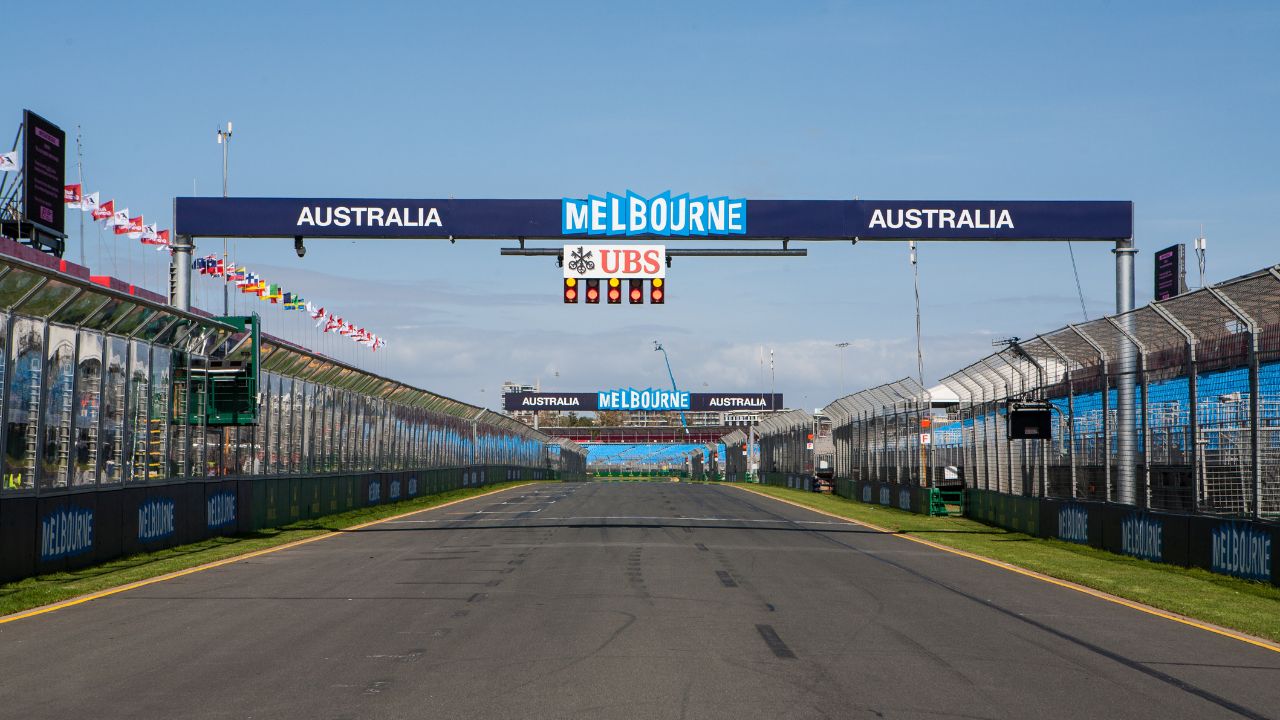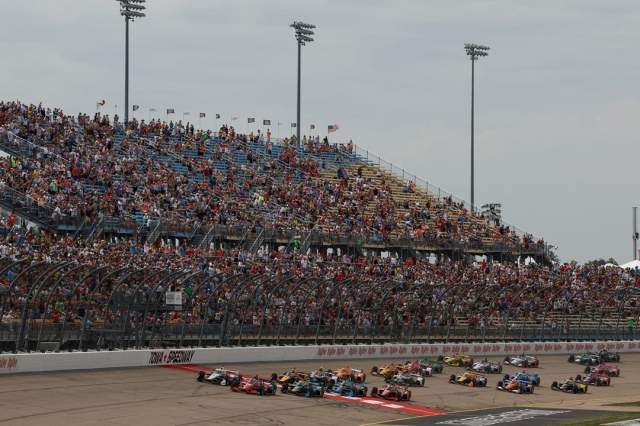
NASCAR has the 'Car of Tomorrow,' and it is expected to be the fastest car at the track. However, there are many issues. These concerns include cost, durability, as well as the new design. Some teams continue to work on improving their installation techniques. NASCAR continues to seek solutions for these problems.
Toyota's Car of Tomorrow'
Toyota's Car of Tomorrow' has more crush-ability, a wider cockpit and a taller driver. It also places the driver closer to the center of the vehicle, which decreases the chance of it catching fire. The "crumple zone" is designed to redirect kinetic energy away from the driver in collisions.
Toyota's Car of Tomorrow' boasts a lightweight design and sophisticated software and hardware. The system can operate in real time and is controlled remotely. It coordinates with its surroundings in order to keep the city clean, safe, and secure.
New design
Next-generation NASCAR cars are expected to have a coupe-like shape and a wider track. Their walls are thicker which will reduce the possibility of fuel leaks or fires. All cars will have onboard camera. These will be placed on the outside of the cars at every race. These cameras will be mounted on the outside of each car at every race. This will allow fans to listen in to the driver's voice during the live races. It should also improve fan engagement.

The new design will feature a larger cockpit that its predecessors. The cockpit measures two inches higher and four inch wider than those of previous cars. Also, the driver is more centrally seated in the car's center. Crumple zones were also included in the car. They absorb kinetic energie from collisions to divert it away for the driver.
Prices
The Car of Tomorrow is a hybrid racecar with a fuel tank that can hold 22 gallons. The car was successfully tested at the 2.5 mile Daytona International Speedway. It also saw testing at Bristol and Martinsville, two of NASCAR’s shortest tracks. It will also make its debut on roads courses and longer tracks in 2008. It will be used at all events the following year.
A 12-volt alternator powers the car, along with a pair of lithium-ion batteries. These batteries are located on the dashboard and can be easily accessed. The ignition coils and boxes are mounted on a top plate. This is a large polished steel platform. It is checked regularly to ensure that it is perfectly flat. To ensure that the vehicle meets all NASCAR regulations, clearance checks are also performed.
Durability
The Car of Tomorrow's durability is an important factor to take into consideration as the series makes improvements to the racing formula. Cars have been subject to significant wear and damage over the years. Ross Chastain was driving at Atlanta Motor Speedway when his car collided with the wall. The car was redesigned to be more resilient to crashes. These improvements will improve the car’s endurance when it is raced on a short track, as well as a road course.
The future car will have a carbon fiber body instead of sheetmetal. This will make the car more durable and will be easier to fix. The car will also be lighter and more durable than the Gen-6.

Opposition
The Car of Tomorrow faced opposition long before NASCAR introduced them in 2007. Many drivers complained about the top-heavy design and that it was difficult to control. Even the winner of the first race complained about the car's weight and difficulty in controlling. However, despite these criticisms, the car has been a success for NASCAR.
However, the car's increased value may be outweighed by the increased cost of rebuilding cars damaged. The Car of Tomorrow, which will make its debut at Bristol Motor Speedway in March 25, will compete in 16 races and 26 events next year.
FAQ
There are many types of car racing.
There are two major categories of car racing. Open-wheel and closed wheel. Open wheel races include IndyCar, NASCAR, Champ Car, Formula One, etc. Closed wheel races include Formula 3000 and DTM, GP2, and others.
What is the fastest race car can accelerate?
The acceleration speed of a race car varies depending upon its weight.
A lightweight car, for example, accelerates faster than a heavier car.
What type of cars is used in racing cars, and why?
Speed is the most important factor for any race car driver. It's what makes them go fast. They must be fast enough and strong enough not to lose the lead. This gives them an edge over other racers because they can easily overtake others at high speed and then pull away from them when they're not looking.
Lightweight cars are often the fastest. They can accelerate quickly and achieve a high speed. This also means that they have less power, which restricts how far they are able to travel in a short time. They need to make efficient use of energy.
Engines power most modern-day racing cars. These engines are identical to those used in passenger vehicles. These engines use compressed air instead of petrol. This is because petrol isn't powerful enough to provide enough power to make a car go very fast.
How many people are involved with making a race car?
Many race car manufacturers employ hundreds.
They produce components such as wheels and tires, suspension systems, engine components, and body panels.
Statistics
- In 2009, the slick tires returned as a part of revisions to the rules for the 2009 season; slicks have no grooves and give up to 18% more contact with the track. (en.wikipedia.org)
- According to AutoSport, IndyCar's top speeds are 380km/h or 236 mph. (motorbiscuit.com)
- Acceleration is a little gentler (relatively speaking) too, with 0-100km/h taking an estimated 3.1 seconds and 0-200km/h covered in 7.8 seconds. (autosport.com)
- Forget the 200-mph battles of the late 1980s; no one, not even McLaren itself, predicted the inimitable F1 would go as fast as it did. (motortrend.com)
- According to thepostgame.com, “The Daytona 500 is one of four ‘restrictor plate' races on NASCAR's calendar, given both safety and competitive concerns for the long track and its famous 31-degree banking in its four corners.” (defensivedriving.com)
External Links
How To
5 of the Fastest Stock Cars For Street Racing In 2022
-
Ford Mustang GT350R $50k+
The Ford Mustang GT350R Street-legal Shelby GT350R. The 6.2L V8 engine produces over 600 horsepower and 590 Lb-ft torque. Brembo brakes, Michelin Pilot Sport Cup 2 rubber tires and 20-inch Pirelli Scorpion Z tires come standard. The interior has leather seats, carbon fibre trim, and a 10.25 inch touchscreen display.
-
Chevrolet Corvette C8Z06, $60k-$80k
The Chevrolet Corvette C8Z07 mid-engine sports car was built by General Motors. It was unveiled at the 2017 Detroit Auto Show. The car is powered by a naturally aspirated 8.0L LT4 V8 engine that produces 650 hp and 700 lb-ft of torque, mated to a seven-speed manual transmission and rear-wheel drive. It weighs in at 2,800 pounds.
-
Dodge Challenger SRT Hellcat Widebody $70k - $100k
The Dodge Challenger SRT Hellcat Widebody by Chrysler Group LLC is a muscle vehicle. It is built on the third-generation Charger platform that was introduced in 2016. The wide body variant is produced since 2018. The 707hp supercharged, 6.2L HEMI-V8 engine makes it the fastest production vehicle worldwide.
-
BMW M760Li xDrive – £140k-$180k
The BMW 760Li, a high performance luxury sedan made by BMW AG, is a BMW 760Li. The second generation of the 760Li was introduced in 2012, the model year 2012. The car is powered by a twin-turbocharged 4.4L V8 petrol engine that generates 750 hp and 800 Nm of peak torque. The car can go from 0-60 mph (0-100 km/h), with a time of just 3.9 seconds. It also has a top speed at 196 mph (315 km/h).
-
Porsche 911 Turbo S $160k to $200k
The Porsche 911 Turbo S high-performance model of the 911 roadster is now available. The 3.8L flat-six turbodiesel engine produces 550 hp, 680 lbft of torque and is paired with a PDK dual clutch gearbox. It can reach speeds of 197 mph (317 km/h) and accelerates from 0 to 62 mph (100 km/h).